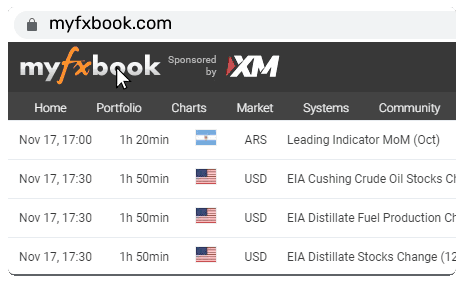Trump plans narrower April 2 tariffs


Trump softens tariff stance
The US dollar continued to gain against all its major counterparts on Friday, closing its first week of gains this month, mainly driven by the Fed decision, where policymakers appeared in no rush to further lower interest rates.
The new dot plot continued to point to two quarter-point reductions by the end of the year and yet, investors are penciling in around 70bps worth of reductions, perhaps as they remain concerned about the effect of Trump’s tariff policies on the world’s largest economy. That may be why the dollar started this week on a weak footing against most of the other major currencies.
The next round of tariffs is due on April 2, when the Trump administration will announce reciprocal tariffs. Nonetheless, Sunday reports said that the US government is planning a narrower, more targeted agenda than previously indicated.
Although Trump warned that he will target industries such as cars, pharmaceuticals, semiconductors and commodities, the weekend reports noted that instead of broad industry-wide levies, he will focus only on nations that have significant trade imbalances with the US. According to the reports, those countries account for the 15% of the US’s trading partners, a group reportedly called the “dirty 15”.
S&P Global PMIs on today’s agenda
Apart from headlines surrounding Trump’s trade policies, dollar traders today are likely to closely watch the preliminary S&P Global PMIs for March, as well as a speech by Atlanta Fed President Raphael Bostic.
The PMIs may offer a first glance about how the already-imposed tariffs have impacted the US economy. Further weakening in economic activity could revive recession fears and the US dollar could come under selling pressure, even if Bostic reiterates his previously expressed view that the Fed is unlikely to have enough clarity to move before late spring or summer.
Euro rally runs out of steam, composite PMI misses
The euro saw a negative week after 15 days of strong winnings. The common currency climbed to its highest since early October driven by optimism over Germany’s decision to loosen fiscal constraints. That said, the actual ratification of the debt brake resulted in a pullback in a classic “buy the rumor, sell the fact” market response.
Bearing in mind that the German budget news was the main catalyst behind the euro’s rally, it may be hard for the bulls to find enough reasons to climb higher and overcome the resistance of 1.0950 against the US dollar, especially after the preliminary composite PMI for March missed its forecast today - unless the greenback comes under renewed selling pressure due to intensifying recession fears.
Yen traders pay no attention to Ueda’s hawkish remarks
In Japan, BoJ Governor Ueda said to parliament today that he and his colleagues remain committed to raising interest rates if core inflation moves closer to their objectives, regardless of potential losses on their government bond holdings.
According to the Japanese overnight index swaps (OIS), investors are assigning a 25% chance for a May hike, with that percentage rising to 50% in June. Yet, the yen continued to slide. Perhaps yen traders want more concrete clues about when the BoJ is planning to hit the rate-hike button again.
Wall Street rebounds, but bullish case still premature
On Wall Street, all three of its main indices closed slightly in the green on Friday, with Nasdaq gaining the most, perhaps due to the Fed easing fears about a recession in the US. Today, the futures market is pointing to further gains, likely due to the reports that US President Trump will narrow the tariffs expected to take effect on April 2.
Nevertheless, arguing that the worst is over may be a premature conclusion. Trump has shown how unpredictable he is, while data could reinforce the notion that the US economy is losing momentum. Another round of risk aversion as soon as this week cannot be ruled out.







.jpg)













